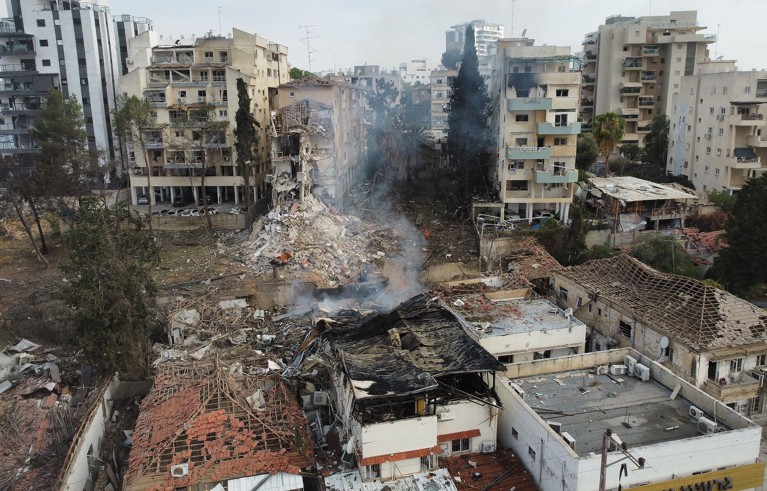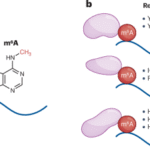As missiles rain down in a rapidly escalating war between Israel and Iran, science is quietly becoming one of the most tragic, overlooked victims. The fifth day of the conflict has left not only hundreds dead, but laboratories in both nations shattered and research efforts deeply disrupted.
In Iran, media sources report over 220 people killed. In Israel, at least 24 have died. Among the targets hit are research facilities, universities, and even nuclear sites. The destruction is causing significant setbacks for scientists and students — from lost experiments to the indefinite suspension of collaborative work.
On June 13, Israel launched coordinated attacks on Iranian cities, targeting nuclear facilities and killing several senior commanders and nuclear scientists. In response, Iran fired missiles and drones at various Israeli sites — including the Weizmann Institute of Science in Rehovot, which Iran has designated a military target.
Biologist Jacob Hanna, affiliated with the Weizmann Institute, was in Hong Kong preparing to present new work on stem-cell-based mouse embryos when he got word of Israel’s airstrikes. Hours later, his university instructed researchers to evacuate. While his team rushed to complete a critical experiment, Iranian retaliation arrived — damaging his lab.
On a flight to London, Hanna learned his research space had suffered major destruction: shattered glass, broken equipment, and even a collapsed ceiling. Yet thanks to backup nitrogen tanks in the basement, his students were able to save vital frozen mouse and human cell lines. “I always worried that if a war happens, I don’t want to lose these,” Hanna said. He estimates his work is now delayed by at least six months and plans to return home through Jordan, as flights to Israel remain suspended.
The Weizmann Institute confirmed “substantial damage” to multiple buildings and has restricted access to authorized personnel only.
Across the border in Iran, scientists face their own challenges. Labs have gone quiet, with researchers moving work online out of fear that academic campuses could be next. “It’s a serious restriction,” says Abbas Edalat, a British–Iranian computer scientist based at Imperial College London. Years of sanctions have already strained Iranian academia; the war is compounding the burden.
“The price Iranian science is paying is too high,” says Encieh Erfani, a cosmologist currently at the Perimeter Institute in Canada. Research is paralyzed. Visas are frozen. Universities in Tehran have emptied out student dorms, leaving many with nowhere to go. International academic mobility — already fragile — is breaking down. “Some students had planned to leave for Europe, but with embassies closing and visas being rejected, they’re stuck,” says Rana Dadpour, an Iranian-Australian researcher.
Fear also hangs heavy over Iranian intellectuals. Some are angry, but silence is the only safe option. One exception: sociologist Mostafa Mehraeen, who was arrested on June 15 after publishing an open letter urging Supreme Leader Ali Khamenei to resign and halt nuclear escalation. He’s now in Tehran’s notorious Evin Prison. “We don’t know what’s going to happen to him,” says Dadpour.
Israel claims it has killed nine Iranian scientists, including Fereydoun Abbasi, the former head of Iran’s atomic energy agency, and Mohammad Mehdi Tehranchi, president of Islamic Azad University. But Erfani warns that many of the details remain unverified. “Nothing is really clear.”
Neither Iran’s foreign ministry nor Israel’s prime minister’s office responded to requests for comment.
While geopolitics dominate the headlines, the human cost in the scientific world is growing — quietly and irreversibly. In the crossfire between nations, science itself is becoming collateral damage.
References
Fieldhouse, R. (2025, June 17). Escalating Israel–Iran conflict damages science labs. Nature. https://doi.org/10.1038/d41586-025-01915-1
Mallapaty, S. (2025, June 17). [Additional reporting in] Fieldhouse, R. Escalating Israel–Iran conflict damages science labs. Nature. https://doi.org/10.1038/d41586-025-01915-1
Associated Press. (2025, June 17). Israel and Iran trade strikes for a third day and threaten more to come. Over 230 are reported dead. AP News. https://apnews.com/article/d7e902fda4933aa1b0a30d901d4ff479
Wall Street Journal. (2025, June 17). Israel’s Weizmann Institute buildings damaged in Iran attack. The Wall Street Journal. https://www.wsj.com/livecoverage/israel-iran-strike-conflict/card/israel-s-weizmann-institute-buildings-damaged-in-iran-attack-8hVghSsARdIRMXyZBx3r
Wikipedia contributors. (2025, June 17). Weizmann Institute of Science. In Wikipedia, The Free Encyclopedia. Retrieved June 18, 2025, from https://en.wikipedia.org/wiki/Weizmann_Institute_of_Science











